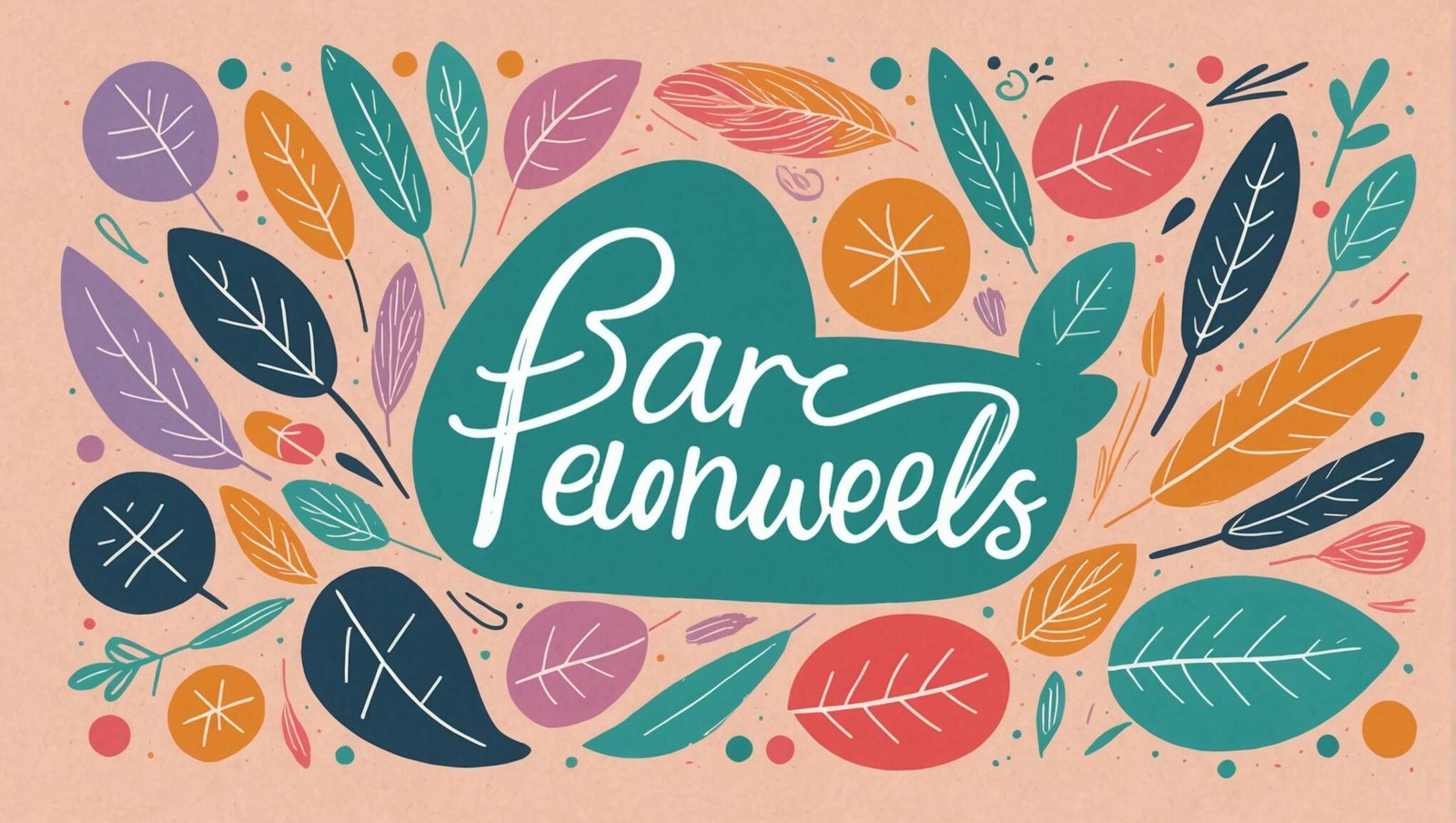”All the Best”: 50 Creative Ways to Sign Off [Guide]
When it comes to ending an email or letter, ”All the best” is a popular choice. This versatile phrase strikes a balance between formal and friendly, making it suitable for various situations. However, with so many options available, why not explore more creative ways to sign off? In this guide, we’ll delve into the art of crafting memorable farewells and provide you with 50 unique alternatives to ”All the best”.
Understanding the Power of a Good Sign-Off
The way you end your correspondence can leave a lasting impression on the recipient. A well-chosen sign-off can reinforce your message, reflect your personality, and even influence the tone of future interactions. Whether you’re writing a professional email or a personal letter, your closing words matter.
When to Use ”All the Best”
”All the best” is a safe and versatile option that works well in many contexts. It’s particularly suitable for:
- Professional emails to colleagues or clients you know fairly well
- Follow-up messages after job interviews
- Correspondence with acquaintances or distant relatives
- Situations where you want to convey warmth without being overly familiar
50 Creative Alternatives to ”All the Best”
While ”All the best” is a solid choice, sometimes you might want to spice things up. Here are 50 alternatives to consider, categorised by tone and context:
Formal and Professional
- Sincerely
- Regards
- Best regards
- Kind regards
- Respectfully
- Yours truly
- With appreciation
- Thank you for your consideration
- Cordially
- Professional regards
Friendly and Casual
- Cheers
- Take care
- Have a great day
- Until next time
- Warmly
- Best wishes
- Catch you later
- Stay awesome
- Keep in touch
- Ciao
Enthusiastic and Upbeat
- Onwards and upwards
- Wishing you the best
- Here’s to success
- Keep crushing it
- Stay inspired
- To infinity and beyond
- Make it a great day
- Shine on
- Rock on
- Stay golden
Grateful and Appreciative
- With gratitude
- Many thanks
- Appreciatively
- Thanks a million
- In appreciation
- Gratefully yours
- With sincere thanks
- Much appreciated
- Thank you kindly
- With heartfelt thanks
Creative and Unique
- May the force be with you
- Over and out
- Stay curious
- Adventure awaits
- Carpe diem
- Excelsior
- Hakuna matata
- Live long and prosper
- Bazinga
- Allons-y
Choosing the Right Sign-Off
Selecting the perfect sign-off depends on various factors, including your relationship with the recipient, the context of your message, and the overall tone of your correspondence. Here are some tips to help you choose wisely:
- Consider your audience: What’s appropriate for a close friend might not work for a potential employer.
- Match the tone of your message: If your email is formal, stick to a formal sign-off.
- Think about your personal brand: Your sign-off can be an extension of your personality.
- Be consistent: If you’re corresponding with someone regularly, try to maintain a consistent sign-off.
- When in doubt, err on the side of formality: It’s better to be slightly too formal than too casual in professional settings.
The Impact of a Well-Chosen Sign-Off
A thoughtfully selected sign-off can do more than just end your message on a positive note. It can:
- Reinforce your personal brand and leave a memorable impression
- Set the tone for future interactions
- Show attention to detail and professionalism
- Reflect cultural awareness in international correspondence
- Demonstrate creativity and personality in appropriate contexts
Sign-Offs to Avoid
While experimenting with sign-offs can be fun, there are some you should generally avoid in professional settings:
- XOXO (unless it’s a very close friend)
- Later, dude (or any overly casual variations)
- Thx (abbreviations can come across as lazy)
- Yours faithfully (unless you’re writing a formal letter to someone whose name you don’t know)
- Nothing at all (ending abruptly can seem rude)
Adapting Your Sign-Off to Different Cultures
When corresponding internationally, it’s important to be aware of cultural differences in professional communication. What’s considered polite in one culture might be seen as overly formal or too casual in another. Research common sign-offs in the recipient’s culture to ensure you’re striking the right tone.
The Future of Sign-Offs
As communication continues to evolve, so do sign-offs. With the rise of messaging apps and informal communication platforms, we’re seeing a trend towards more casual and creative closings. However, in professional settings, traditional sign-offs still hold their ground. The key is to stay adaptable and choose a sign-off that fits the medium and the message.
Conclusion
While ”All the best” remains a reliable standby, don’t be afraid to explore other options. Your sign-off is an opportunity to leave a lasting impression and add a personal touch to your correspondence. By choosing the right closing words, you can enhance your communication and build stronger connections with your recipients.
FAQ
Is it okay to use different sign-offs with the same person?
Yes, it’s perfectly fine to vary your sign-offs, especially if your relationship with the person evolves over time. Just ensure that the change in tone is appropriate and gradual.
How important is the sign-off in email etiquette?
The sign-off is a crucial part of email etiquette. It’s often the last thing your recipient reads, so it can significantly impact their perception of your message and you as a communicator.
Can I create my own unique sign-off?
Absolutely! Creating a unique sign-off can be a great way to express your personality. Just make sure it’s appropriate for your audience and consistent with your personal or professional brand.


